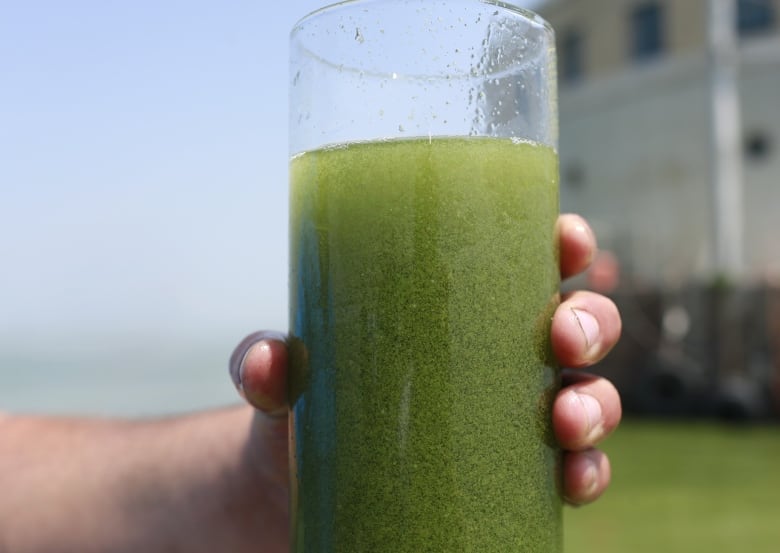Intensive agricultural lands feed into Canada’s Great Lakes. The primary type of nitrogen used in agriculture has changed over time, shifting from organic to inorganic forms, such as urea. This change has corresponded with an increase in the frequency, magnitude, and duration of phytoplankton blooms, including cyanobacteria that are known to produce toxins harmful to life. Because urea is important to global food security, it is critical to understand its effects on receiving freshwaters.
In this study, researchers will investigate the effect of various nitrogenous compounds — nitrate, ammonium, or urea — on cyanobacteria growth. They will use a series of laboratory- and field-based studies to uncover how urea affects cyanobacteria physiology and toxin production. Laboratory-based experiments will focus on testing which forms of nitrogen cyanobacteria and eukaryotic phytoplankton prefer. Field-based studies will test the potential of urea to promote cyanobacteria growth and toxin production.
For more information, please contact Dr. Irena Creed ([email protected])

